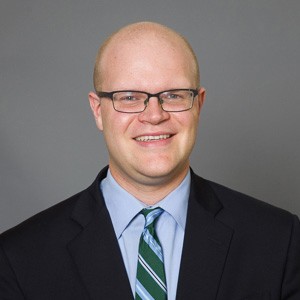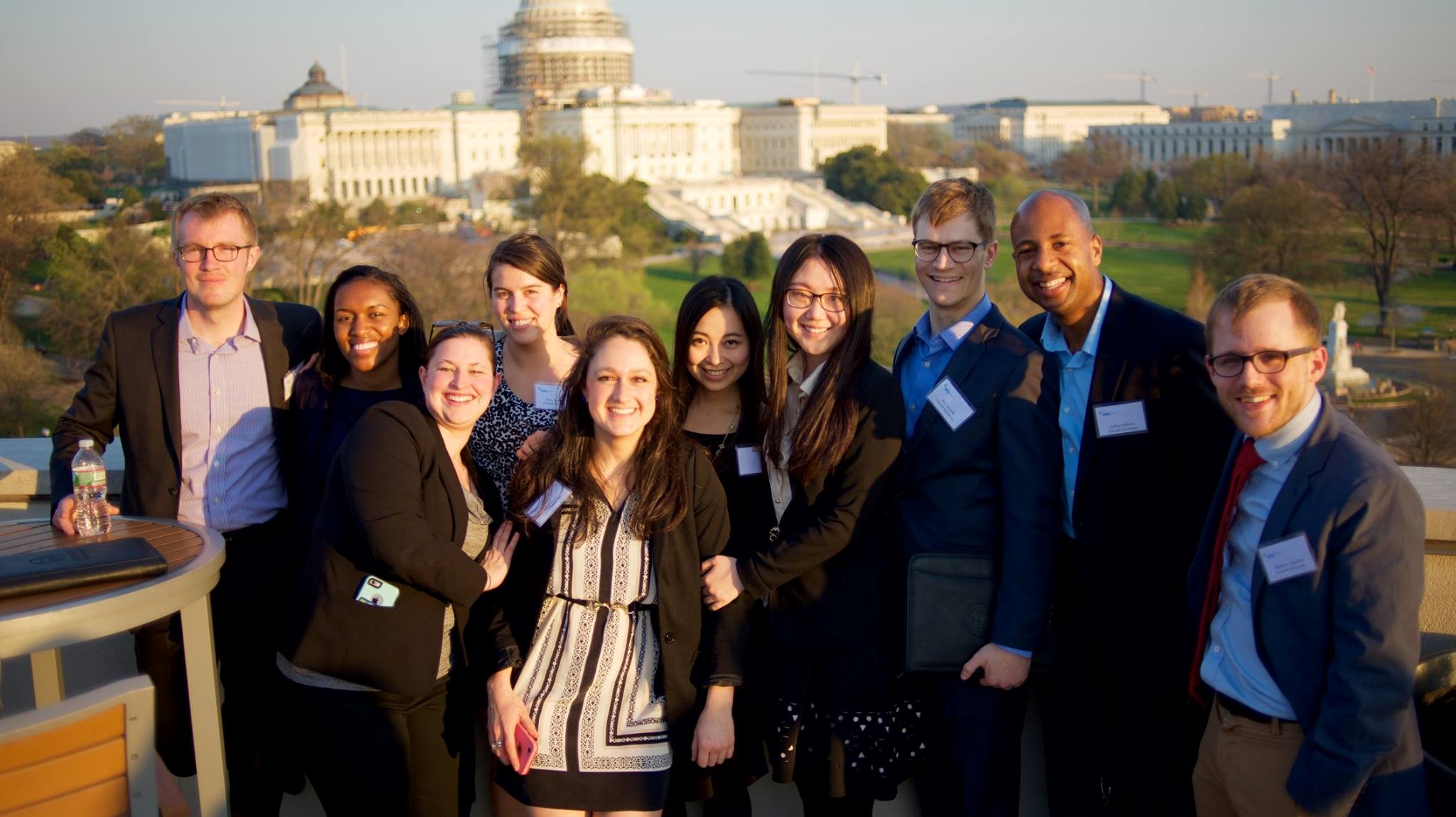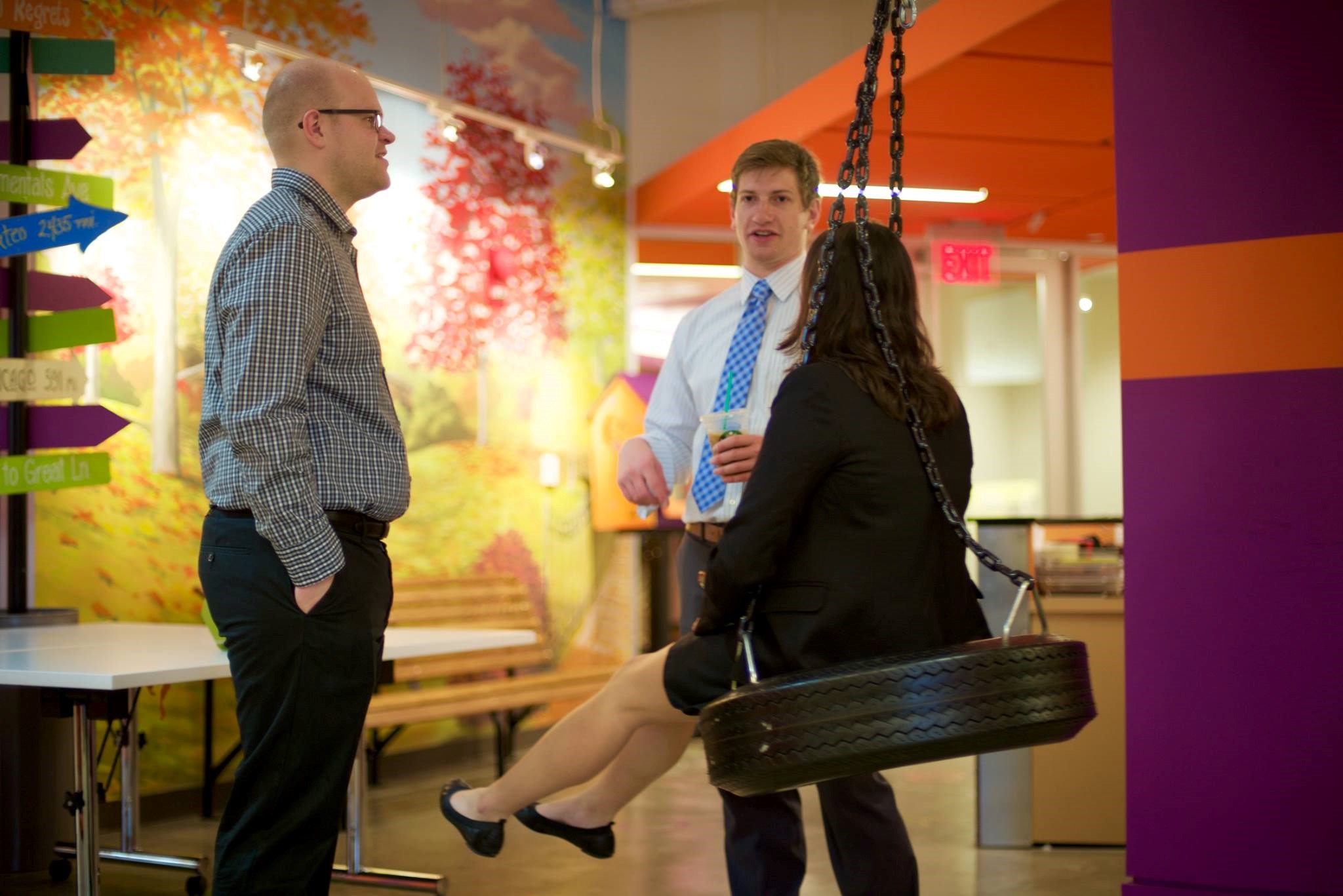Shades of Grey: Exploring the Intersection of the Public and Private Sectors
by Aidan Renaghan, MBA ’17 and Environmental Finance and Impact Investing Fellow

The SGE immersion trek was an informative and inspiring experience in meeting people working on the front lines to create a more sustainable future.
In April 2016, students from the Sustainable GlobalEnterprise (SGE) immersion traveled to Washington, D.C. for three days ofnetworking and meetings with organizations focused on the environmental andsocial outcomes of their work. As part of the SGE immersion in the springsemester, students travel to New York City and Washington, D.C. to connect withcompanies and alumni whose work touches on some aspect of sustainability. Thetreks are great opportunities to make connections with professionals in a givenarea of interest and to gain exposure to new ideas and business models. Thisyear’s trek to D.C. featured an exciting blend of companies working in theintersection of the public and private sectors on a number of difficult socialand environmental problems.
On the first day, we had an in-depth presentation by thestaff Calvert Investments, a sustainable investment firm. The company firmlybelieves in the correlation between financial and social returns, and theywalked us through all facets of their business, from high-level clientacquisition strategy to their method for building equity and fixed incomeportfolios. Following this presentation, we met with Karin Strydom, a PrincipalStrategy Officer at International Finance Corporation. IFC is part of the WorldBank group, and Karin spoke extensively about the twin goals of World BankPresident Jim Yong Kim to end extreme poverty and increase shared prosperity.The IFC model is focused on developing private markets in third worldcountries, and it was fascinating to learn about the opportunities andchallenges of a private-facing public organization. That evening, we had anetworking event for students to connect with Cornell alumni working in D.C.Cornell has a huge number of alumni working in D.C., and I had the opportunityto meet representatives from the World Bank, D.C Mayor’s Office, the BrattleGroup, and Connexus, among many others. After the event, students took a detouron their way back to the hotel to do some impromptu sightseeing.

Day two began at OPower, where we got a tour of theiroffices and learned about how selling to utilities is different than other B2Bsales companies. We also saw their new data analytics tool to help utilityclients target energy programs to specific customer groups. Our next visit waswith USAID. Enterprise Development Specialist, KristinO’Planick (MBA ’10)and her colleagues walked us through the mission of USAIDand their work in helping strengthen markets, building gender equality, andresponding to international crises. We then traveled to the offices of ObsidianAnalysis, a consulting firm recently acquired by The Cadmus Group. Presidentand CEO Ian Kline (AB ’91) spoke at length about the growth strategy of TheCadmus Group. He outlined how the organization sees sustainability as both aglobal challenge and a business opportunity for firms that can identify anddeliver solutions to clients. Our final event of the day was at the offices ofWGL, a natural gas utility in the D.C. metro area. The offices are right nextto the capital building, and WGL organized a warm reception on their rooftopdeck, which featured “the best view in D.C.” The event featured a talk by JuliaHamm (BS ’98), President and CEO of Smart Electric Power Alliance. Julia spokeabout the role of SEPA in bringing together major utilities with renewabledevelopers to help smooth the transition to a new energy future.

Our final day in D.C. started at the office of KaBOOM, anon-profit that works to design and develop playgrounds across the U.S. Theoffices reflected the importance of play, with a tire swing in the middle ofthe kitchen, which we were able to try out. We then traveled to the offices ofCovington & Burling to meet with Gary Guzy (BA ’79, LAW ’82). Gary spenthis career working on environmental policy as General Counsel at the EPA andthe White House Council on Environmental Quality. He spoke passionately aboutthe ability of the public sector to enact legislation that can have majorimpact on the environment. Our last visit was with Adam Sieminski (BS ’69, MPA’71), Administrator of the US Energy Information Agency. Adam walked the groupthrough some of EIA’s projections for the global energy mix over the next 30 –40 years. He also answered questions about how demographic and technologytrends will influence the energy market in the U.S. and around the world.
The SGE trek was a wonderful opportunity to interact with avariety of Cornell alumni in the public and private sectors. While the publicand private sectors are seen as very siloed, many of the alumni we visited wereworking at firms that focused on the overlap between the two. This is likely aproduct of the work being done by Cornell alumni in Washington. Firms that arefocused on the biggest global challenges, such as poverty and climate change,know that solutions have to build on the skills and abilities of both businessand government. The SGE trek was an informative and inspiring experience inmeeting people working on the front lines to create a more sustainable future.
Photos provided by Jimmy Jeong, MBA ’17
